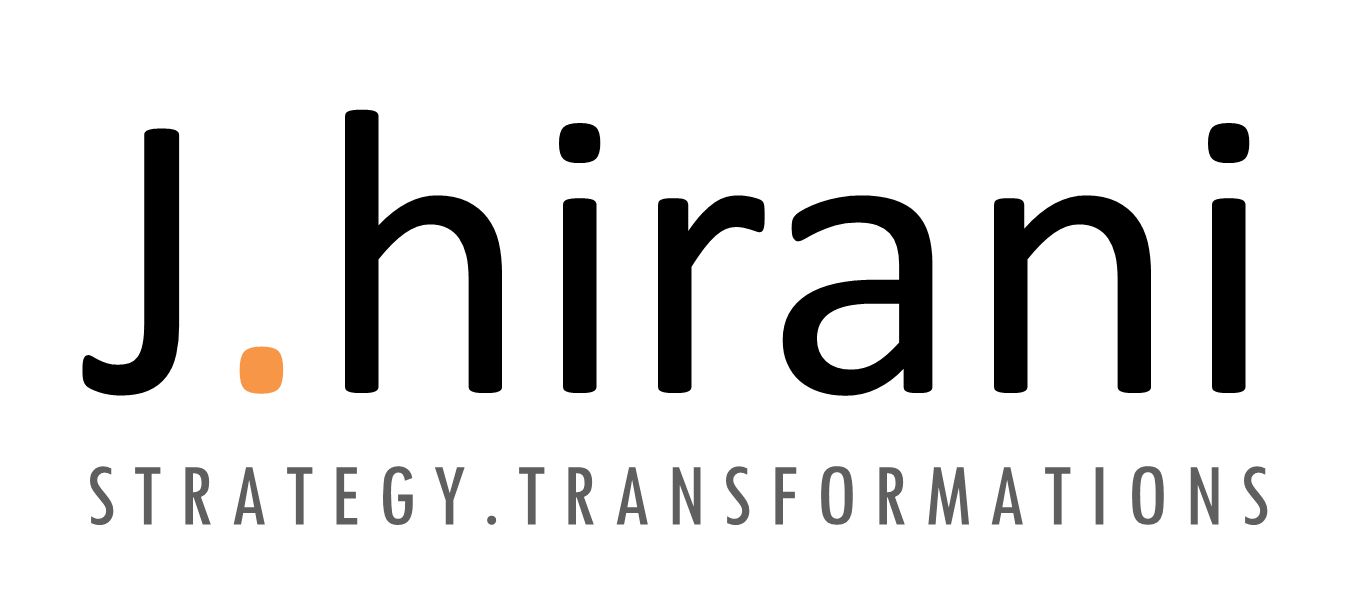
As the nation inches towards a normalcy of sorts with different phases of unlock in action, the question uppermost on everyone’s minds is: what shape will the economic recovery take? In this conversation, Arpit Chaturvedi –CEO of Global Policy Insights reflects on the critical aspects of recovering economy, the importance of new policies coming forward which would help in reskilling, reengineering, and restructuring the current as well as the future workforce along with critical role of government. Parth Hirani, Director of Jagdish Hirani & Associates conducted this interview in August 2020.
Read the transcript here.
Parth Hirani: We have been looking at constant spikes in the economy at this moment. There exists a lot of uncertainty and while everyone is looking for some clarity and answers, what are your thoughts in terms of recovery of the Indian economy-will it take U,W or V shape?
Arpit Chaturvedi: The recovery of the Indian economy right now looks more like a wave with a lot of ups and downs due to the spread and impact of the virus in various regions of our nation. Hence, instead of shape, I would like to talk about opportunities and challenges which have come along with pandemic in the form of digitalization, disruptions and gap of adapting the technology with right skills.
This pandemic has led to fewer jobs and more willing workers. But the workforce available isn’t skilled enough to work with more advanced technologies like digitalization and working in an AI-driven environment. Same situation with lot of sectors where they are equipped with technology are going to be impacted and will face a hard time coping up with these disruptions. However, those sectors which are well equipped to adapt to these disruptions will emerge as the winners out of this situation. The sectors which are more agile and adaptive in terms of these disruptions will eventually become the winner of this situation.
The workforce of these highly impacted industries is going to find themselves in a worse situation than others in terms of unemployment as they aren’t skilled enough and are easily replaceable. This in turn is going to lead to the situation of oversupply of labor.
So, COVID-19 situation has accelerated the already predicted disruptions and at this moment, we aren’t prepared well enough to cope up with these disruptions. This in turn makes us realize the importance of new policies coming forward which would help in reskilling, reengineering, and restructuring the current as well as the future workforce which in turn will be able to blend in better in these digital times.
Ultimately, the shift is from non-essential (luxury products) to essential (need-based) products. Organizations will be more inclined towards sustainable development goals for the economy rather than just thinking about being the leader. And Government will have to join hands with organizations to invest in infrastructure development to support these changes as increased virtual space investment is the need of the hour.
Parth Hirani: Keeping this new perspective, can we also say that in the near future we
might not be looking at the same size of the economy as it was earlier?
Arpit Chaturvedi: The size of the economy is going to increase. Quantitatively, we would see increased growth than what we have seen till now, which may delay a little but will be punctuated. Maybe it comes and goes in curves, but overall, we would see an upward trend. The quantitative side of it is not going to be as impacted as the qualitative side. The huge skill gap and the disruptions would be a bigger factor to look up to. New types of industries and new business models will make their way into the market and the older ones would become obsolete. This in turn is going to lead to greater acceleration. The trend which was predicted to be normal in 2050 might now be a possibility in 2030 or even earlier all because of this gain in momentum caused by the COVID-19 situation.
Parth Hirani: So, Does industries and its people need to act quickly to reskill and reconstruct to keep themselves alive and running?
Arpit Chaturvedi: Yes, that’s true. For some, the times which lie ahead are going to be really difficult ones. But in the long run, we should be looking at a more optimistic view. This is backed up by examples from the past as well. All of us remember how everyone was so skeptical when computers made their way in the industries and so fearful of it that people are going to lose their jobs because of these machines. Indeed a few people lost their jobs due to the inclusion of computers but now looking at the bigger picture of it, we can tell that computers have created a lot more jobs than what they had destroyed. Looking at the futuristic technologies like AI, AR, VR, Cloud-Computing, with a similar view we can say that they are going to create more jobs than the number of jobs that will be destroyed due to them. One can use the AI to predict the jobs and create them as well and also matching the most suitable people for the most suited roles. Hence the positive impact of these futuristic technologies is going to be way bigger than the negative impact.
Parth Hirani: Talking about the scenario of recovery, the community at a large has to focus on two major area- speed of recovery and the quality of it. Can you share your thoughts on what are the key areas in focus to improve on both aspects?
Arpit Chaturvedi: If we take about India, the focus should be on what are the certain sectors which can enhance India’s capabilities, on the same hypothesis that there is going to be an accelerated trend towards some major disruptions. Hence, it’s important to explore and identify which were the sectors that were taking India ahead and which will be the future drivers of our Indian economy. i.e.-if we look at the import and export data; it would tell us the highest figures come from oil and fuels followed by gems, precious stones or jewellery, pharmaceuticals and chemicals. Looking at these sectors’ import and export figures, one can see that we import more than we export at this moment. In this regard, India needs to emerge as the export hub here and also take some bold steps in the direction of import substitution.
India is one of the major players in the Global Pharmaceutical Industry not because we have cutting edge R&D capabilities, but the strength in that sector which enables us to have mass production capabilities in it. India can capitalize on these already existing capabilities & along with this, we could start investing to boost the R&D capabilities. According to various researches, it has been predicted that developing R&D capabilities in developing nations possess better opportunities than in developed nations. In the same way, if India can build upon its R&D capabilities as well and starts leading the way in that aspect, then there will be no turning back. Just like this, there is a need to identify existing capabilities and going forward with them along with investing in areas where we lack and build them as new capabilities in every sector.
Parth Hirani: How a country like ours can build their R&D capabilities all of a sudden?
Arpit Chaturvedi: According to some studies it has been recognized that any country which does not produce its security (dependency on sourcing arms, ammunition, military equipment from abroad), do not see technology transfer or high-quality research in technology happening within their domestic borders. A lot of technology as well as the fundamental impulse for any innovation come from security. The need for security for the individuals of the nation acts as the driver for building up the capabilities of R&D and makes everyone look at it as a basic need for everything. India needs to realize this quickly and build the backbone of R&D capabilities around which other capabilities of our nations would be set. This will help in building a solid framework of a self-independent nation that innovates and produces domestically and then provides it to the whole globe.
It would require more collaborative efforts and approaches between the government and the private as well as the educational institutions. These bodies together can form an ecosystem of R&D in which they all focus on developing new and innovative technologies. Government and private institutions need to start looking at the educational platforms not just as a medium of imparting the knowledge but as a hub of creating knowledge by boosting R&D at the colleges and universities.
Parth Hirani: That is a well-structured approach indeed which would help with the goals of sustainable development and build up as a self-sustainable nation. The perspective presented by you does not just talk about recovery for the sake of it but about a more sustainable one which will be beneficial for all the stakeholders in the short run as well as in the long run.
Arpit Chaturvedi: Surely, one thing that is always true that there is no shortcut whether it is regarding recovery or development!
About J.Hirani: J.hirani is a Strategic Transformation team which works as a growth partner for different organisations in various industries by providing services like Agile transformation, Scenario mapping, Strategic alignment, Balance scorecard, Digital transformation, Incubating new ventures, Operation excellence and Aligning human capital.
©J.Hirani, J.Hirani in conversation with Leader of Global Policy Insights, September 2020. All rights reserved.



